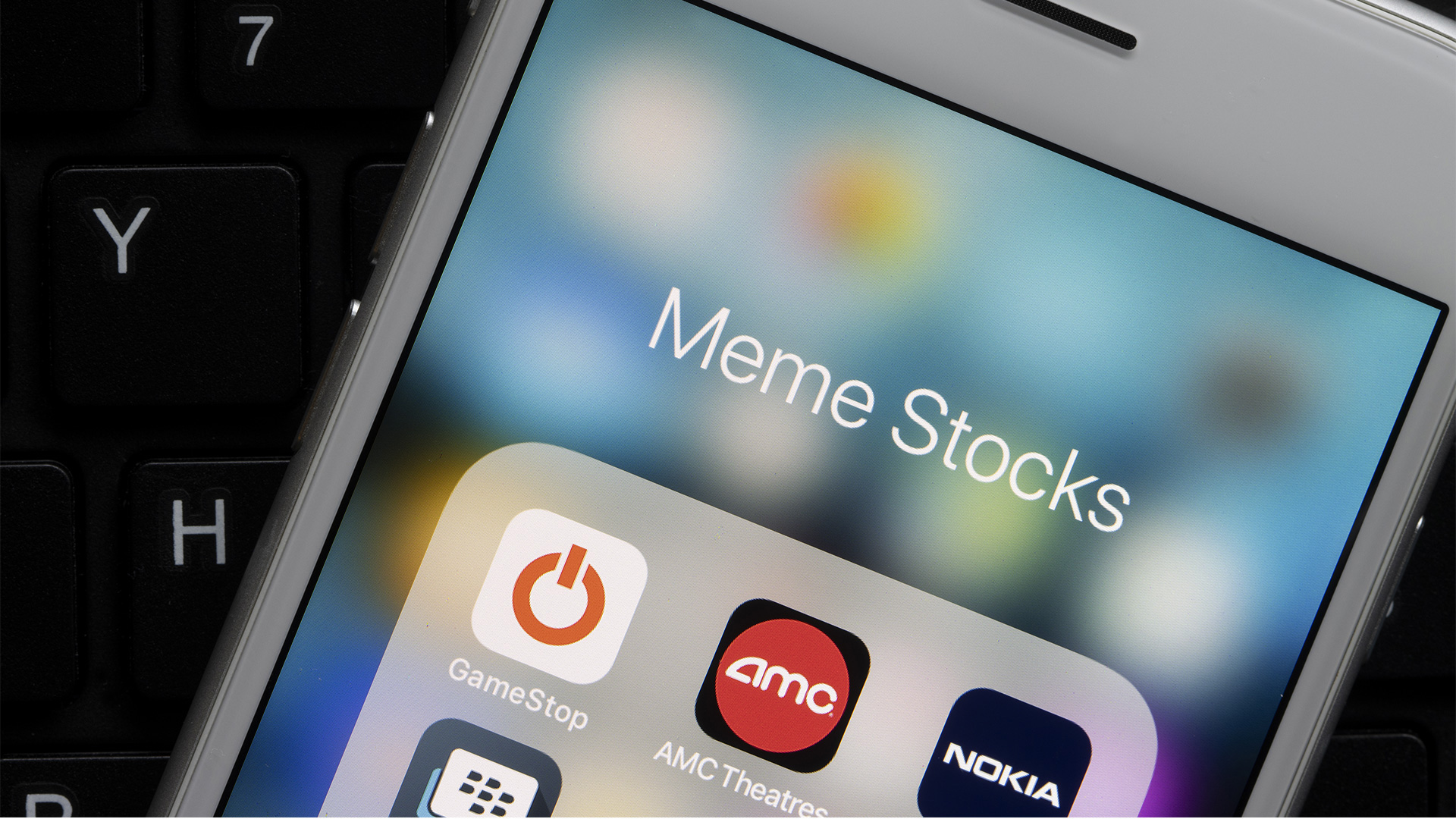
Recently screened at the 2023 Tribeca Film Festival, “This is Not Financial Advice” is acclaimed for exploring the multi-million dollar rise and fall of crypto-influencer Glauber Contessoto. But there's much more.
The documentary, according to Investopedia, "shows how cryptocurrency and the democratization of not only the stock market, but financial literacy itself thanks to social media, has changed the way people access financial information and invest…and offers an at-times-painful look into the pitfalls of investing in crypto and meme stocks." At the latter’s core, the 2021 GameStop and AMC meme stock rollercoasters are foreshadowed and contextualized in the 2019 book “Bubbles and Crashes: The Boom and Bust of Technological Innovation” by Smith's Brent Goldfarb and David A Kirsch.
Kirsch, associate professor of management and entrepreneurship, and Goldfarb, Dean's Professor of Entrepreneurship and Dingman Center for Entrepreneurship academic director, collaboratively define and advise on today's meme stock environment:
What should a novice investor first grasp about meme stocks?
A meme stock is not a technical term with an accepted definition. It generally refers to a publicly traded security that is supported by social media sentiment. In several famous cases over the past couple of years, shares of such stocks surged following coordinated campaigns intended to drive up the price of the security, regardless of underlying fundamentals. A stock becomes a meme stock when its price deviates from its underlying trend as a result of social media-coordinated action. In almost all recent cases, the result is a boom-AND-BUST cycle, often also referred to as a “pump and dump” scheme, whereby the original promoters of the meme stock purchase their shares before trying to generate public enthusiasm for the security and then off-load their shares when the stock starts to increase in value.
Pros and cons?
Novice investors should expect to lose money investing in meme stocks. Almost by definition, a novice investor will not have access to the network of actors coordinating a meme stock movement. Therefore, by the time the novice investor hears about a meme stock, chances are good that the novice investor is the “bag holder” or “greater fool” – the target of the scam. Unless you are a social media influencer (a) with a large following and (b) who does not care about your reputation among your own followers, there are no benefits to be realized from buying a meme stock as part of a socially orchestrated campaign.
Why does Wall Street deem meme stocks as risky?
Were licensed investment professionals to engage in the same activities as meme stock movement promoters, they would be in violation of securities laws intended to prevent stock price manipulation by insiders, and if found out, they would likely be sanctioned and banned from future employment in the finance sector. At the margin, interference with price discovery in a public market is welfare-destroying. The fact that Wall Street insiders engage in activities that may be self-serving does not mean that outsiders can or should compete with insiders in a race to the bottom. For generations, regulators have tried to keep abreast of the ways in which markets can be manipulated for private gain. In this, as in many prior instances of market oversight, two wrongs do not make a right.
Best advice for novice investors?
Don’t do it. Feeling certain that something is the next big thing is a huge warning sign. There is no such thing as a guarantee in investing. If you believe an investment space may be lucrative, invest only what you can afford to lose. In general, only a very small percentage of any portfolio should be in highly risky assets (with notable exceptions such as angel or VC investing). If you firmly believe that social media sentiment drives stock market behavior and you feel that you must invest in this market hypothesis, invest a very small share of your assets in social sentiment ETFs like $BUZZ that track social media sentiment and invest in stocks with positive media profiles. Recognize that this is entertainment akin to the lottery. Beware that this investment hypothesis is not supported by academic research, and over the past two years, $BUZZ has underperformed the S&P 500 index.
Finally, meme stocks are still a thing in 2023 and just as volatile as in 2021, say Goldfarb and Kirsch, as “it is notoriously difficult to identify and regulate a diffuse social media-orchestrated movement in support of a given stock.”
Media Contact
Greg Muraski
Media Relations Manager
301-405-5283
301-892-0973 Mobile
gmuraski@umd.edu
Get Smith Brain Trust Delivered To Your Inbox Every Week
Business moves fast in the 21st century. Stay one step ahead with bite-sized business insights from the Smith School's world-class faculty.